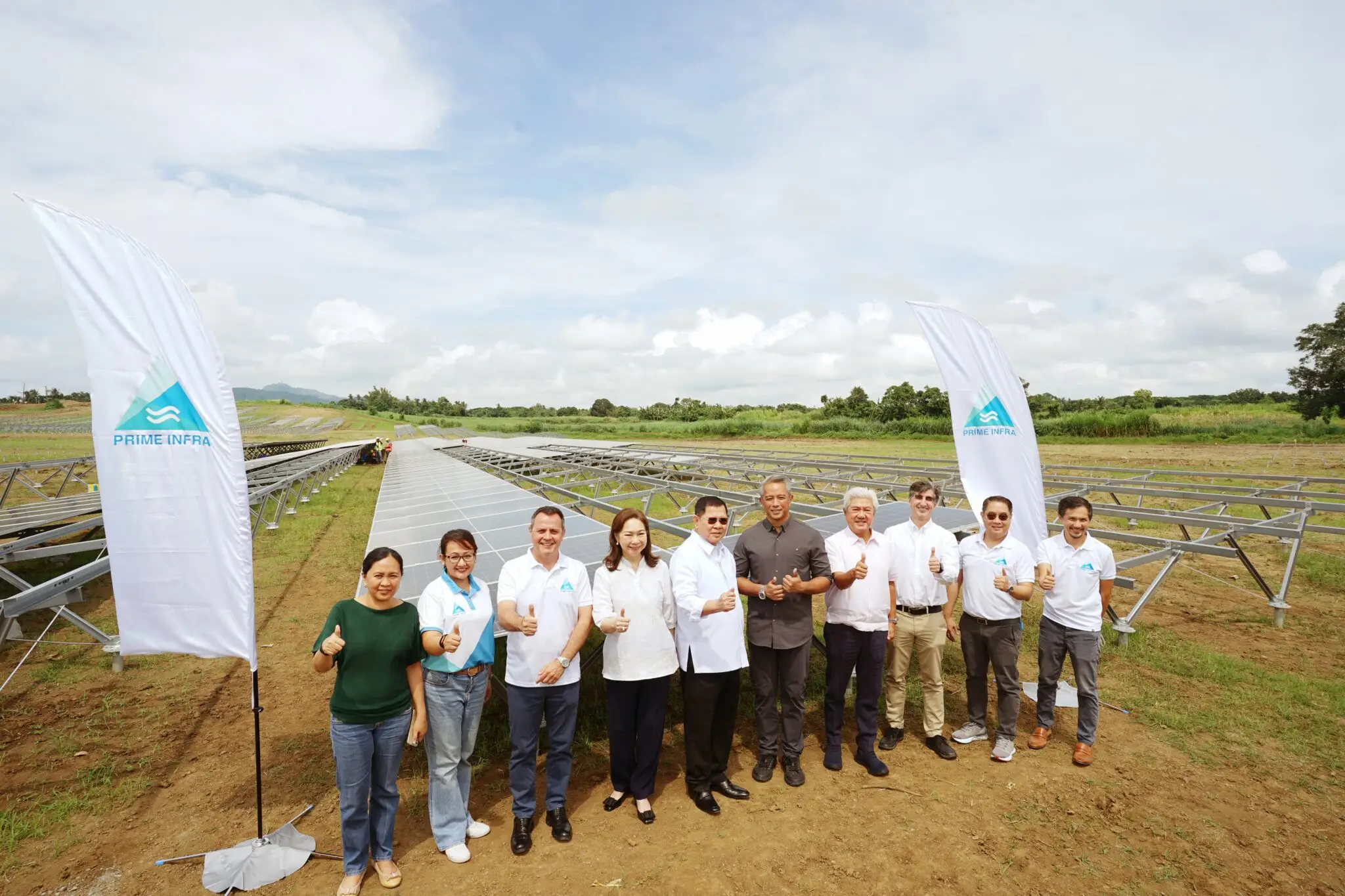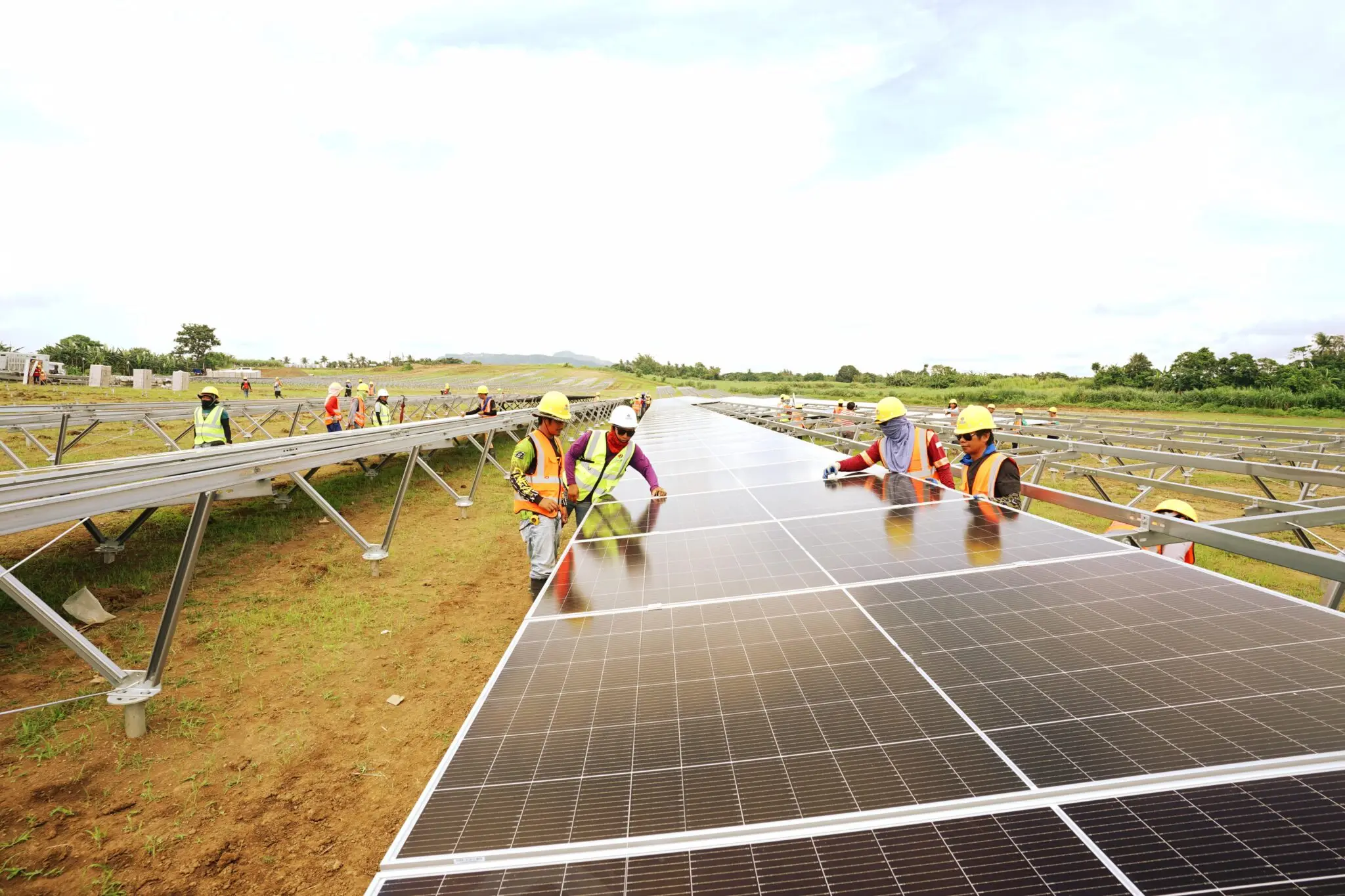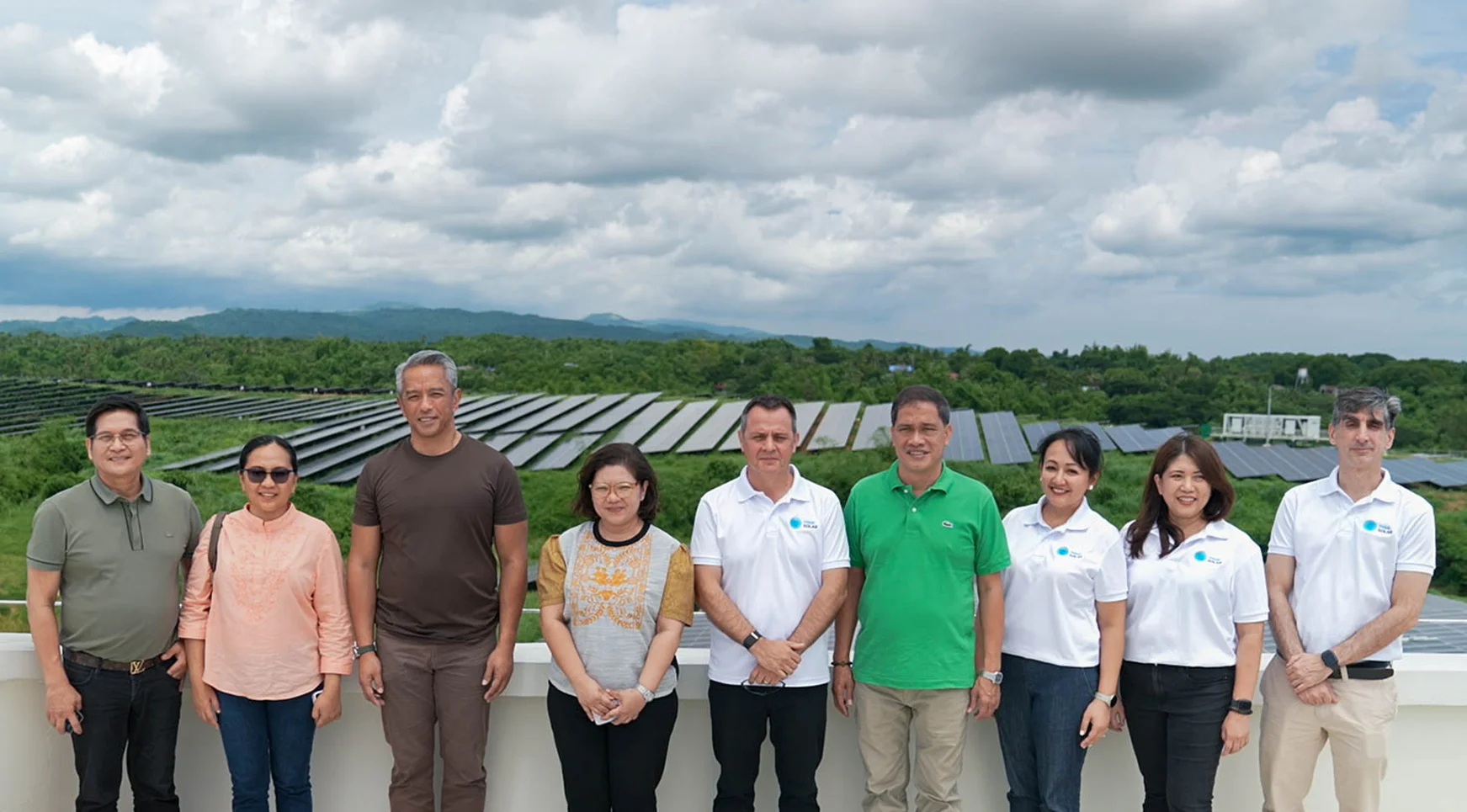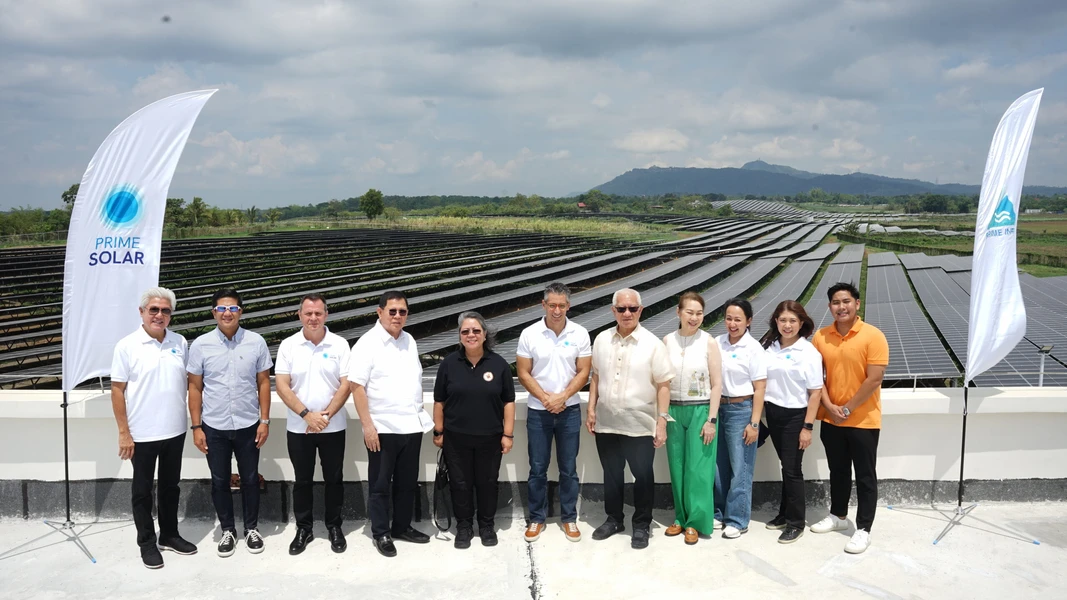Advanced project design and execution tools and strategies are driving the significant progress in the implementation of Solar Tanauan Corporation’s solar power plants in Batangas and Cavite. Solar Tanauan is a subsidiary of Prime Infrastructure Capital Inc. (Prime Infra), a leading and fastgrowing developer and operator of critical infrastructure with assets in the water, sustainable energy, and waste management sectors.
Together with key government stakeholders and project suppliers, consultants, and contractors, Prime Infra and Solar Tanauan celebrated the progress of the project, which broke ground in April 2023.
“We are proud to have the most advanced execution technology and strategy for a solar power project here in the Philippines. This celebration is a testament of Prime Infra’s approach in deploying renewable energy projects and reaffirms our commitment to pioneer innovative solutions towards a clean energy future,” said Prime Infra President and CEO Guillaume Lucci.
Solar Tanauan utilizes digital twin technology, drone verification of progress, optimized string sizing, and 24/7 quality assurance/quality control monitoring both at factory and at site. (L-R) DOE Renewable Energy Management Bureau Director Marissa Cerezo, Solar Tanauan President and CEO Cheryll Len Mendoza, Prime Infra President and CEO Guillaume Lucci, Batangas Rep. Ma. Theresa Collantes, Tanauan Mayor Sonny Collantes, Cavite Governor Jonvic Remulla, Solar Tanauan Director Donato Almeda; and Prime Infra Chief Project Officer for Solar and Wind Projects Daniel Blanco, Chief Financial Officer Sandy Alipio and Chief Regulatory Officer Vince Dizon at the project site of Solar Tanauan Corporation’s power plant in Tanauan, Batangas. It also conducted a Front End Engineering Design (FEED) to streamline the procurement and construction phases, packaged contracting and owner supplied materials allowing each party to focus on their specialties, optimized risk allocation, and uses software for simplifying complex earthwork assessment for terrain-following layouts.
“The reason we’ve reached this point is also because we work extremely collaboratively with government and with the communities; and that’s not simply us as a developer but applies to all our partners and suppliers. I think that has been really the key to the exceptional pace of our project,” added Lucci.
In attendance at the event held September 19 were Cavite Governor Jonvic Remulla, Batangas Rep. Ma. Theresa Collantes, Tanauan Mayor Sonny Collantes, Prime Infra Chief Regulatory Officer Vince Dizon, Chief Financial Officer Sandy Alipio, and Chief Project Officer for Solar and Wind Projects Daniel Blanco; Solar Tanauan Director Donato Almeda and President and CEO Cheryll Len Mendoza; and DOE Renewable Energy Management Bureau Director Marissa Cerezo.
“This endeavor is incredible…We are partners for the country so it is my hope that when we capture every little ray of sunshine in this village, we may illuminate the country to a better tomorrow,” said Remulla.
Rep. Collantes, for her part, welcomed the growing adoption of renewable energy in the province of Batangas.
“Not only is this concrete shift to solar energy a practical solution today, but it is also an environmentally conscious choice whose impact on our shared ecosystem is positive and will secure our fellowmen a better tomorrow,” she said.
Tanauan Mayor Collantes underscored the vital role of collaboration between the public and private sectors in ensuring a brighter future for Filipinos.
“Today is the future. Kailangan magkaroon tayo ng progreso sa mga siyudad na kagaya ng Tanuan, sa mga probinysa na gaya ng Batangas para sa ganon, lalo nating makuha ang mga investors na magdadala ng trabaho para sa ating mga mamamayan…Today, more than anything else, symbolizes that if there is cooperation between the private and the public sectors, nothing is impossible,” he said.
Also present were guests from Meralco, PowerChina, Hansei, Terabase Energy, STS, Canadian Solar Inc., TBEA Sunoasis, Clenergy and AFRY.
The Tanauan and Maragondon solar power plants will have an installed gross capacity of up to 140 megawatts. Total annual generation capacity is estimated to power over 84,000 households and displace over 100,000 tons of coal per year.





